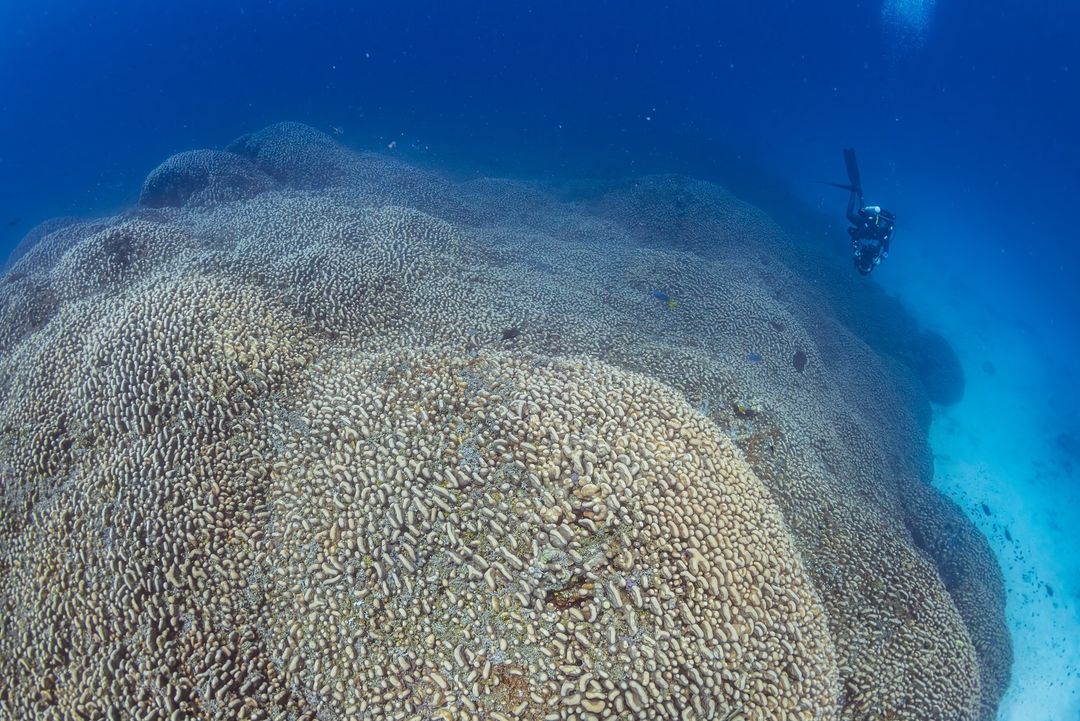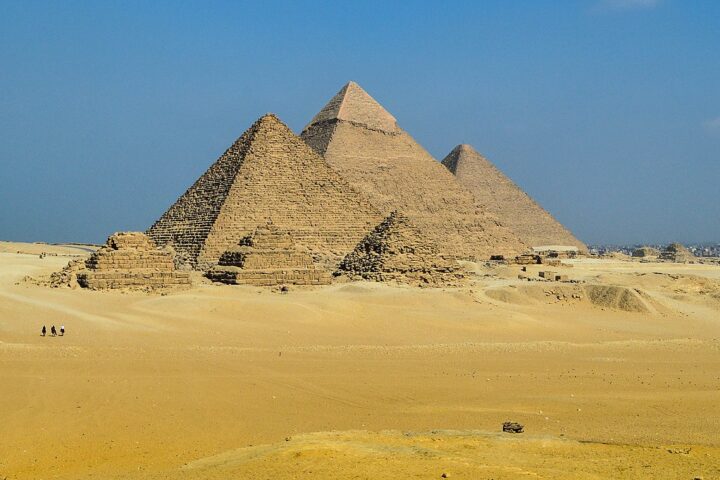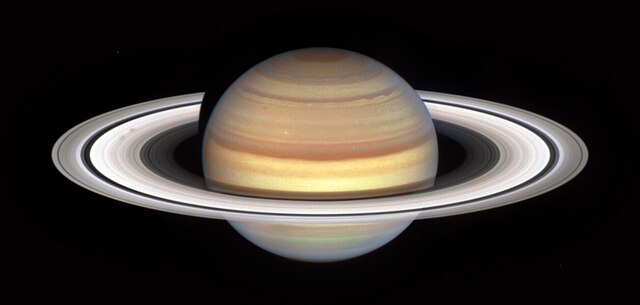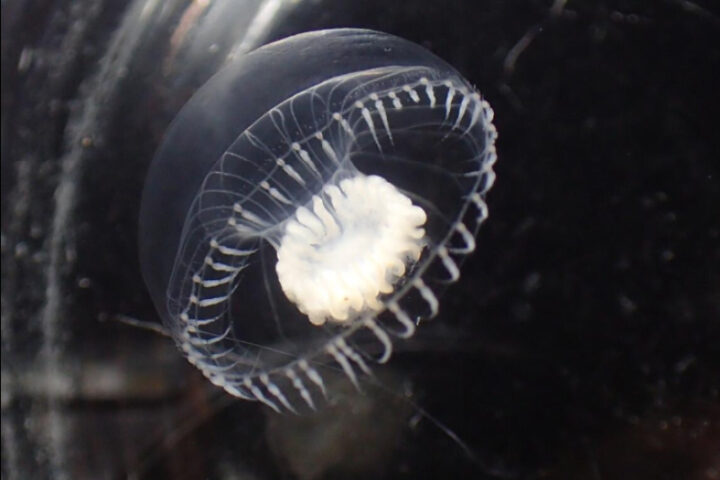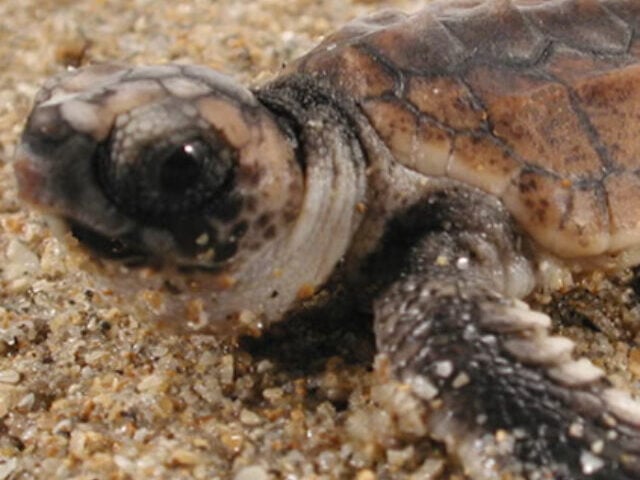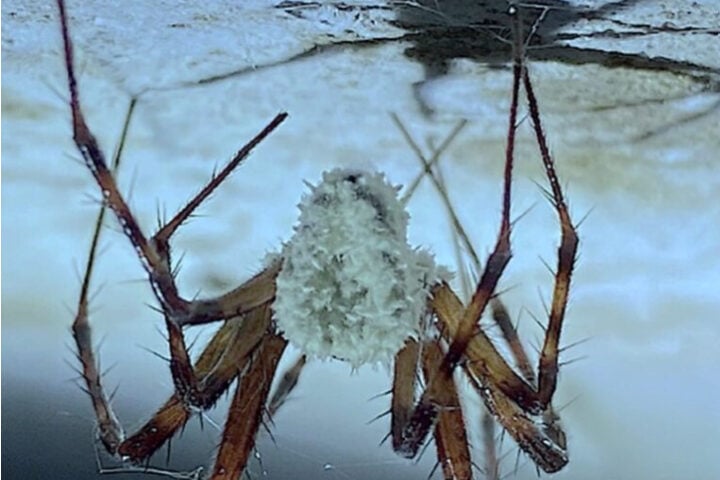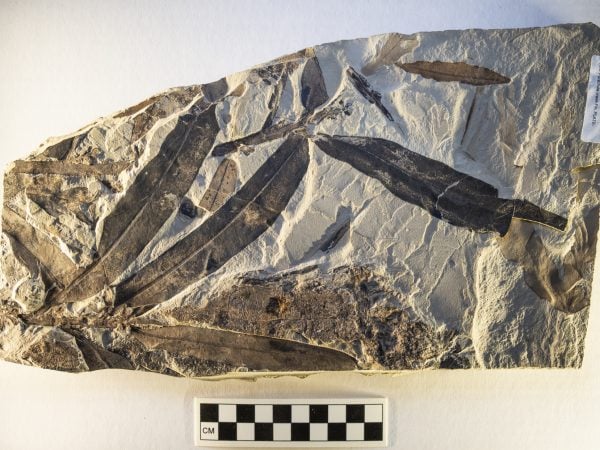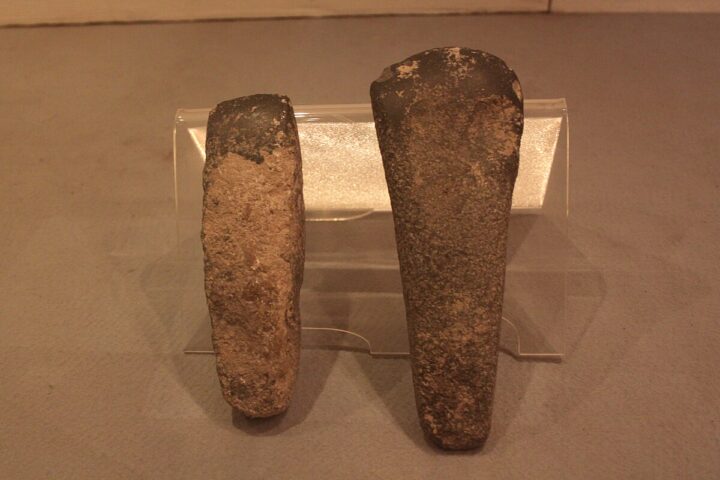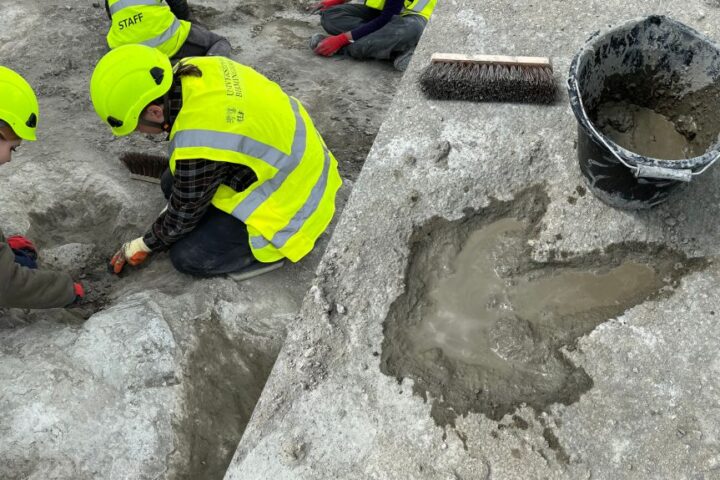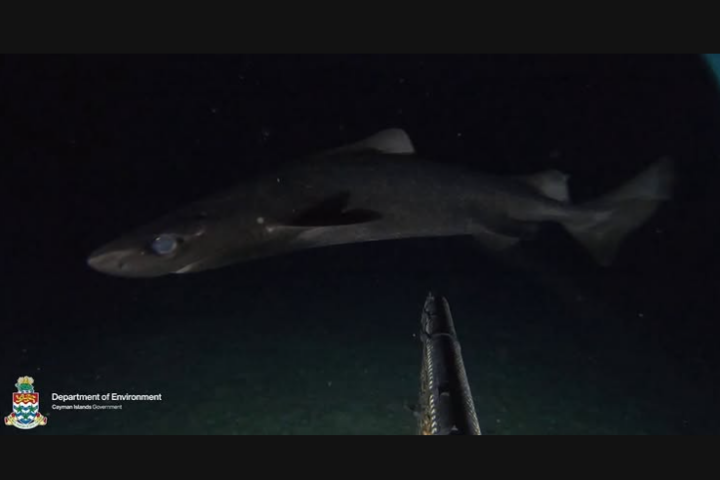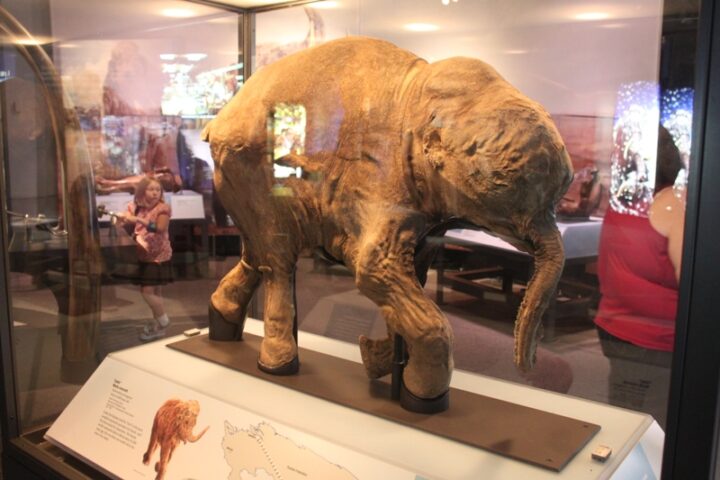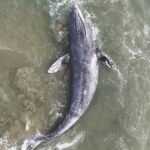Marine biologist and videographer Manu San Félix discovered the world’s largest coral in a remote region of the southwestern Pacific Ocean during a National Geographic Pristine Seas project expedition in October 2024. During an initial free-diving immersion, he detected something at approximately 13 meters depth that appeared like a shipwreck from the surface.
The discovery was fortuitous, as noted by lead scientist Molly Timmers, happening just before the team was due to move to another section. San Félix, who has conducted 52 expeditions with Pristine Seas over 15 years, immediately recognized its significance, describing it as “a cathedral.”
A team of more than 5 divers took precise measurements using a special underwater meter, recording the coral’s dimensions at 34 meters wide, 32 meters long, and 5.5 meters high. This makes it longer than a blue whale, Earth’s largest animal, and visible from space. Scientists identified it as Pavona clavus (shoulder blade coral), known for its shoulder-like columns. The coral is mostly brown with patches of yellow, red, pink, and blue.
The megacoral consists of nearly 1 billion genetically identical coral polyps functioning as a single organism. While typical Pavona clavus colonies have a dome shape like an ice cream scoop, this specimen is uniquely flattened and extensive. Based on its 16-foot height, researchers estimate it to be around 300 years old, though some suggest it could be 700-800 years or older.
Similar Posts:
Dr. Eric Brown, a coral authority with the mission, confirmed the coral is in excellent health with no signs of bleaching or disease. Its location in deeper, cooler waters, protected by a slope and platform, may explain its survival while nearby shallow-water reefs have degraded due to warming seas. This is particularly significant given that 77 percent of coral reef areas experienced bleaching-level temperatures between 2023 and 2024.
The coral faces various threats including global warming, ocean acidification, overfishing, pollution, and urban development. As oceans produce and absorb more carbon dioxide, the changing pH balance makes it harder for corals to build strong calcium carbonate skeletons, similar to osteoporosis in humans. Scientists warn that global warming beyond 1.5°C could be catastrophic for coral reefs.
The discovery will be reported to the Solomon Islands government for proper management. Currently, only 8.4 percent of the ocean is protected by government regulations, though there are efforts to protect 30 percent. The local community has unofficially protected these waters for about 14 years and seeks national support.
Solomon Islands Climate Minister Trevor Manemahaga, speaking from the COP29 conference in Baku, emphasized the coral’s importance to their economy and the need to prevent exploitation. The discovery presents research opportunities to understand its formation, longevity, and resilience.
The coral’s significance extends beyond its record size. As described by San Félix, it’s “a living library that has been storing and learning about ocean conditions for years,” and represents hope for coral survival in the face of climate change. The World Economic Forum notes that coral reefs are crucial for billions of people’s survival and serve as vital sources for tourism and fishing.
